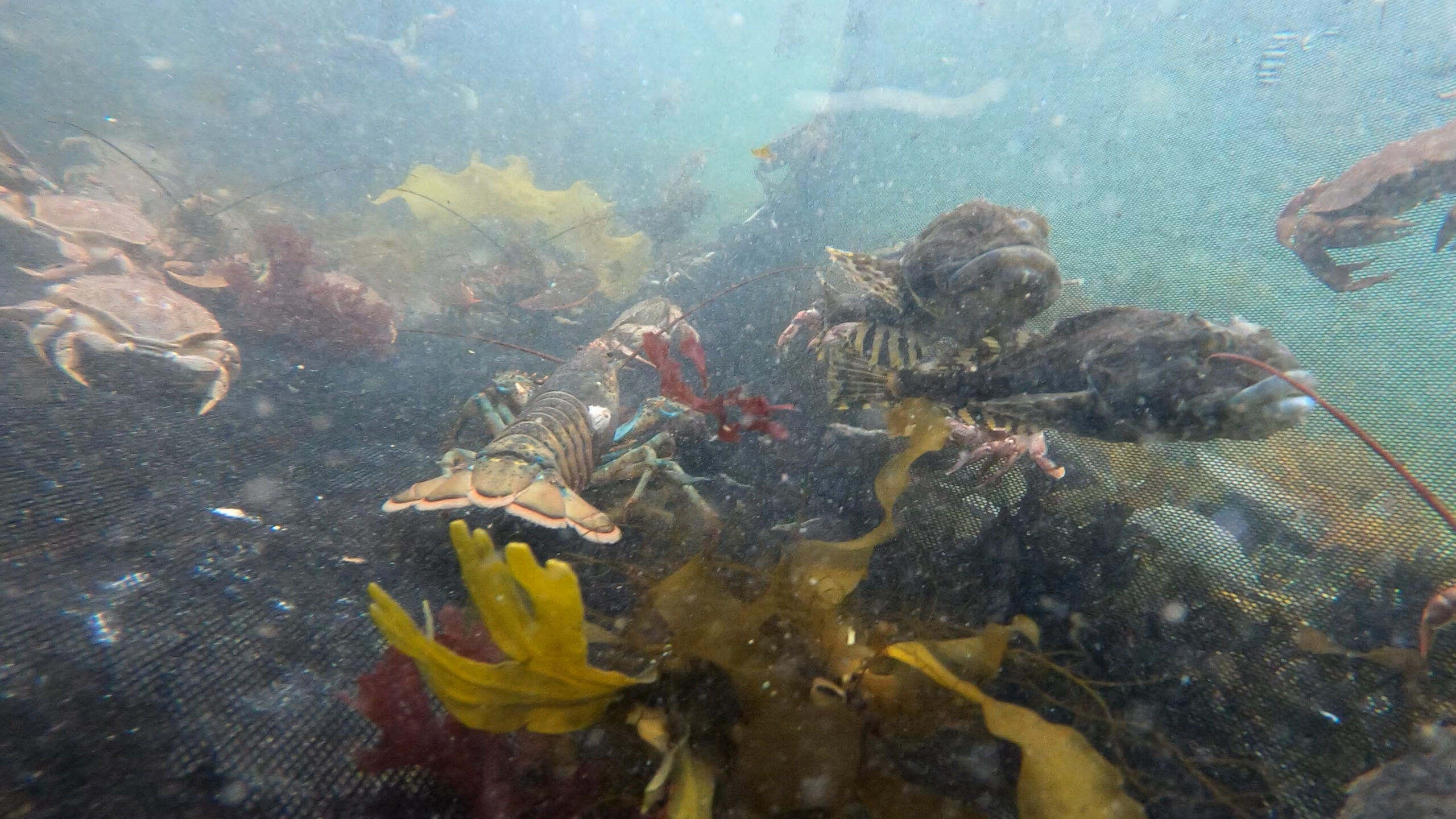
SIZE:
65 cm, up to 73 cm.
LIFE EXPECTANCY:
15 to 25 years.
LIFE CYCLE:
Females reach sexual maturity around age 11.
Fertilization is internal. Males use their erectile hooks to transfer sperm. Smooth skates reproduce all year round, with females laying 40 to 100 eggs per year. The eggs look like long brown capsules with pointed horns at the corners and are about 5.5 cm long and 4 cm wide.
This small skate has a flat, diamond-shaped, greyish-brown body. Its belly is white with a few darker markings. Its tail is as long as its body, which sets it apart from other rays. Its snout is pointed with two translucent areas. The smooth skate has a row of small spines along its back and 3 to 15 spines around each eye. Mature males have hooked spines on their pectoral fins.
On the bottom, at depths usually between 150 and 550 m; it has been observed at depths down to 1436 m.
The smooth skate favours clay and muddy sea bottoms and temperatures of 3 to 10 °C.
PREYS:
Crustaceans
Invertebrates
PREDATORS:
Grey seals
Fish
No commercial fishing.
REGULATIONS:
This species is not subject to any species-specific management measures in Canada.
The smooth skate suffered a significant decline between the 1970s and 1990s.
When this skate is caught incidentally in fishing operations targeting other species, it is released back into the water. Little is known about the annual number of rejects and the associated mortality rate.
BENEFITS:
Skates are rich in protein, vitamin B12 and selenium. They are low in fat.
LET’S COOK:
Delicate, firm texture. Flesh free of bones.
The smooth skate is rarely used when caught, mainly because of its relatively small size.





